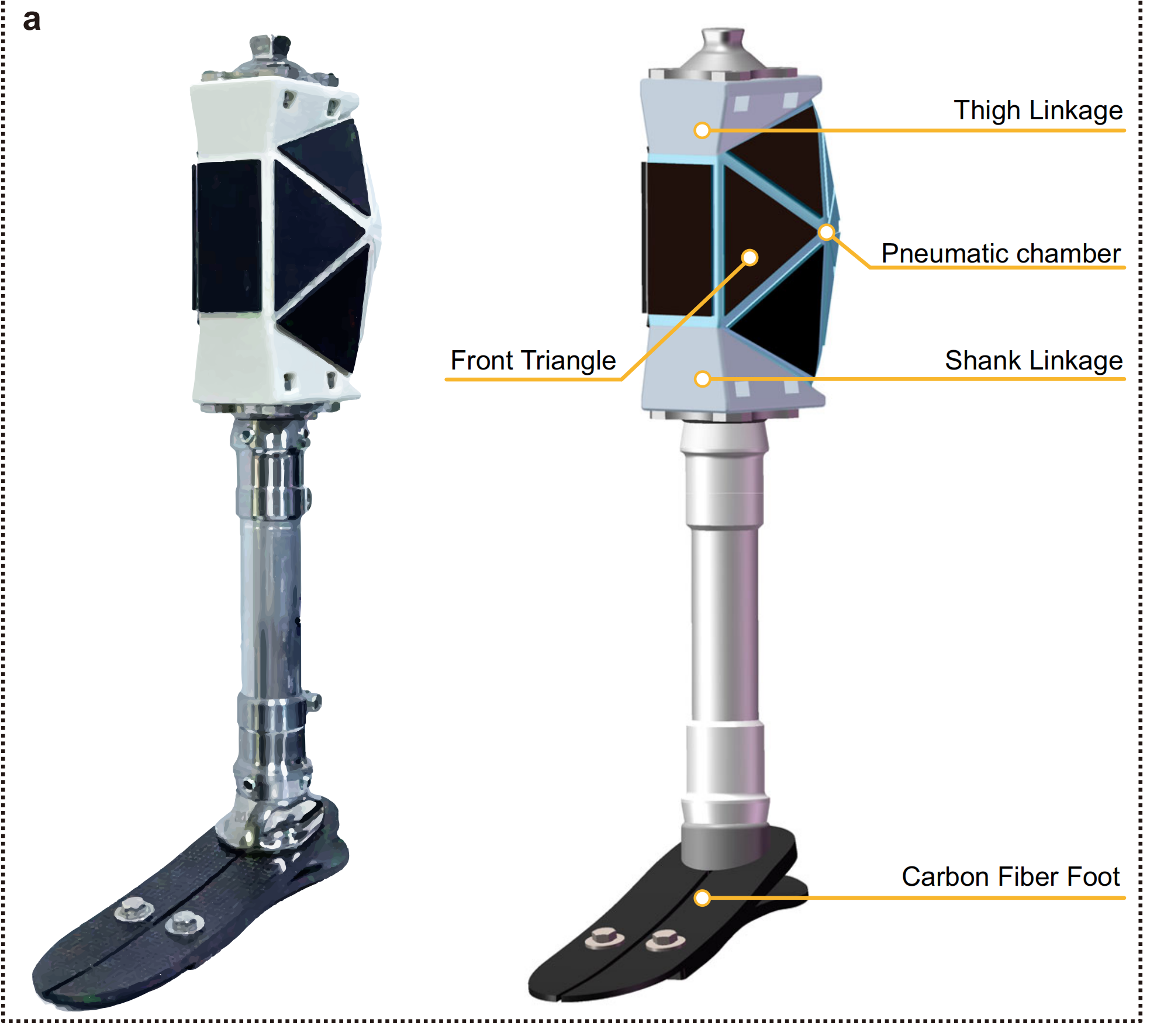Low-altitude Economy Set to Take Off
China's low-altitude economy (LAE) is planning for a major liftoff after many local governments issued LAE-related development plans.
For example, Henan province in central China recently unveiled the Implementation Plan for Promoting the High-quality Development of Low Altitude Economy (2024-2027). It proposes to complete the layout of low altitude infrastructure by 2025, including building roughly 10 general airports and a number of helicopter and unmanned aerial vehicle (UAV) take-off and landing sites and landing points.
The plan also predicts that the scale of the LAE will reach 30 billion RMB, the number of enterprises above designated size will amount to around 50, and the number of sci-tech innovation and public service platforms above the provincial level is expected to exceed 20.
Evolution of new quality productive forces
As a new economic model, the low-altitude economy has the core characteristics of new quality productive forces such as high-tech leading, efficient operation and high-quality development, with broad development prospects.
New quality productive forces are driven by revolutionary technological breakthroughs, innovative allocation of production factors, and in-depth industrial transformation and upgrading. The development path of the LAE follows a similar productive route to break away from traditional economic growth mode.
According to financial institution Morgan Stanley, by 2040, as a pivotal development model of low-altitude economy, the market scale of urban air mobility (UAM) can reach one trillion USD. UAM will become a new economic growth pole for the world, especially for China.
This trend has prompted the upgrade of low-altitude aircraft manufacturing from helicopters, fixed-wing aircrafts to manned electric vertical take-off and landing vehicles (eVTOL), thus promoting the continued evolution of the low-altitude industry.
In the first half of 2024, China registered more than 600,000 new drones, an increase of 48 percent over the end of last year. Now, more than 14,000 UAV companies hold the current valid civil certificate of unmanned aircraft operation, and more than 225,000 people hold a drone pilot's license.
Lv Renli, director of Civil Aviation Management Institute of China, said, "Compared with land and sea, the sky has a wider area. If the airspace resources below 3,000 meters, or even below 1,000 meters, are fully tapped, the dividend is huge."
Low-altitude economy continues improving
Being a key field to enhance the new quality productive forces, the completion of LAE's industrial chain in China has brought agglomeration effects, and more and more world-renowned enterprises have chosen to settle in Shenzhen, the drone capital. By the end of 2023, Shenzhen had gathered more than 1,700 drone companies, with an annual output value of 96 billion RMB.
In general urban application scenarios, the daily delivery volume of ordinary couriers is about 150, while a drone operator can fly 60 missions a day with a distribution volume of about 500. For people who have business travel needs between the cities in the Greater Bay Area, they can now reach Zhuhai in 15 minutes from the central city of Shenzhen by helicopter.
As for the non-urban application scenarios, China's western regions have begun to use drones to transport fresh matsutake mushrooms. It takes a person one to two hours to go down a mountain after collection, while it only takes 15 - 30 minutes by drone.
Experts have analyzed that the future of LAE contains unlimited possibilities, including building transportation and industrial systems. The emergence of more and more application scenarios will also extend to a new industrial chain. Digital and intelligent technology, digital twin technology and other technologies can fully unleash potential in the low-altitude industry.
Meanwhile, the industry regulation that accompanies the booming development of the low-altitude economy has also been put on the agenda. Established in August, China Low Altitude Economic Alliance, initiated by over 100 upstream and downstream enterprises, will focus on business models, air safety, and regulatory rules.







